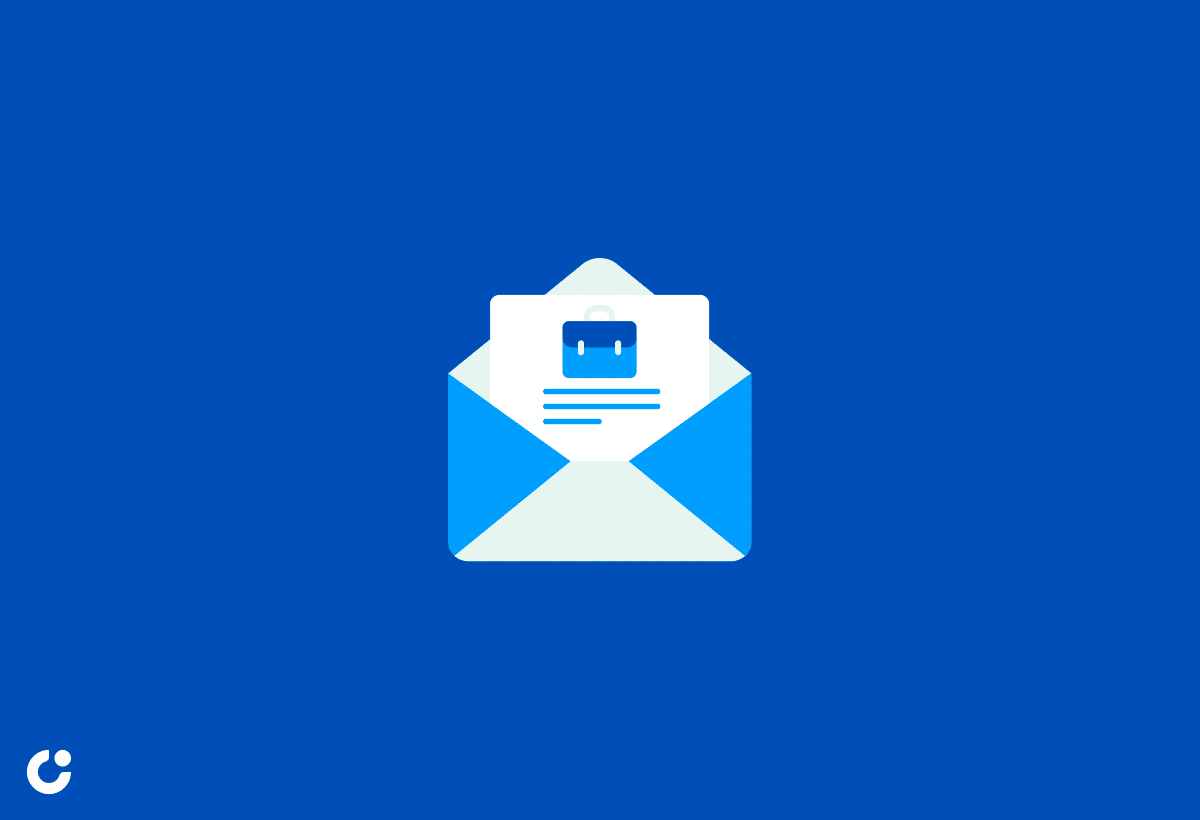In today's digital age, email correspondence plays a vital role in our communication. But do you know the importance of email etiquette?
In this article, we will delve into what email etiquette is and how to write a professional email. From mastering the tone of your emails to the components that make up an effective email, we will explore the dos and don'ts of email communication. Whether you're in a business setting or a student writing to your teacher, understanding email etiquette is crucial.
Key Takeaways:
Email etiquette is crucial for maintaining professionalism and effective communication in both personal and business settings.
A well-written email should have a suitable tone, concise and clear body, appropriate attachments, and a subject line that accurately reflects the content.
Students should familiarize themselves with email etiquette, including how to write formal emails and the importance of proofreading and proper formatting.
Understanding Email Correspondence

Email correspondence plays a crucial role in the fast-paced business world, where online communication is a routine aspect of professional life, connecting colleagues and respondents globally.
Along with facilitating swift communication, emails are essential for maintaining professional relationships, fostering trust, and showcasing professionalism. Proper email etiquette is fundamental in ensuring that messages are clear, respectful, and well-received by recipients. An effective email signature can provide essential contact information and reinforce branding. Understanding how to use features such as attaching files, utilizing Bcc for discreet communication, and managing Reply All functionality can enhance the overall efficiency and effectiveness of email communication within a business environment.
Importance of Email Etiquette

Understanding and adhering to email etiquette rules are paramount in the business world as it ensures effective communication and professionalism in interactions with colleagues.
Email etiquette plays a crucial role in setting the tone for communications, fostering a respectful and harmonious work environment. Clarity in emails is essential to avoid misunderstandings or confusion, ensuring that recipients grasp the intended message accurately. Adhering to proper email structure, including clear subject lines and concise language, showcases professionalism and organizational skills. Practicing timely responses to emails demonstrates respect for colleagues' time and commitment to efficient collaboration, facilitating positive relationships within the workplace.
What is Email Etiquette?
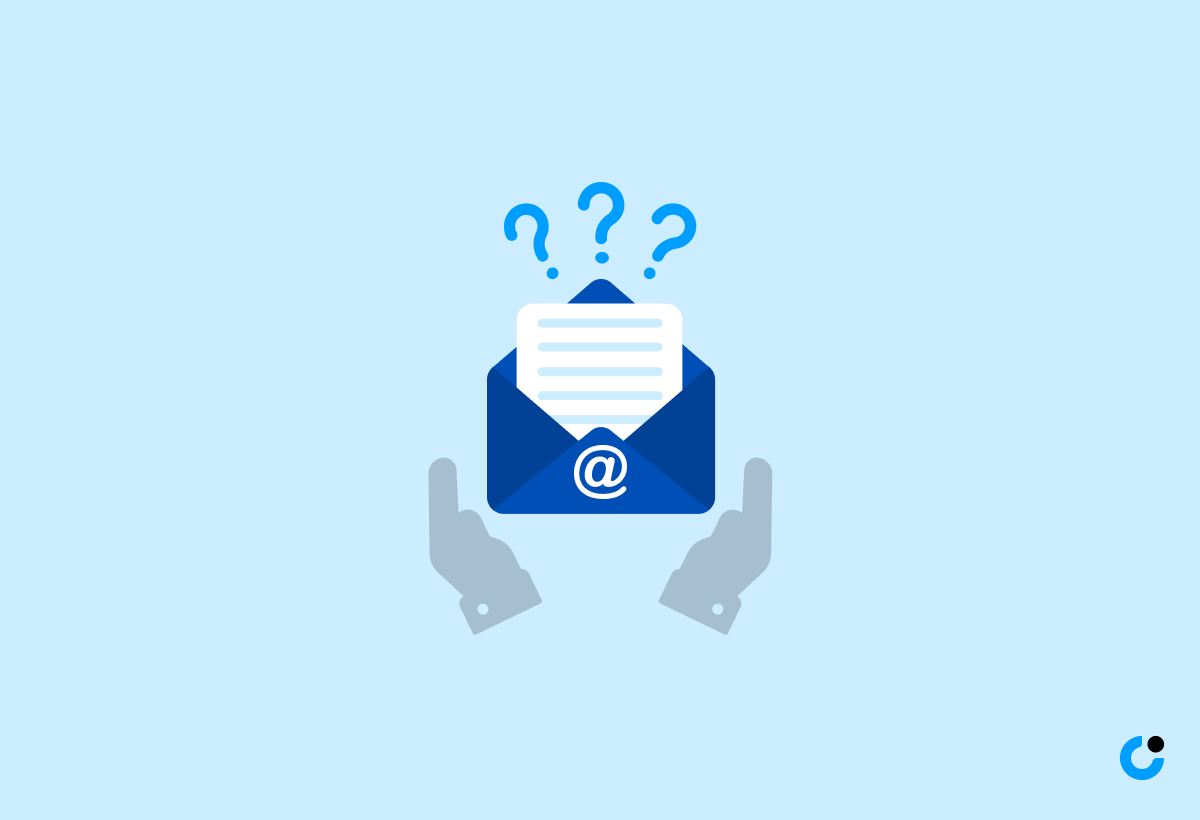
Email etiquette encompasses a set of guidelines governing the proper use of emails, including the use of appropriate language, tone, emojis, and email signatures to ensure effective and respectful online communication.
Proper language in emails helps in conveying messages clearly and avoids misunderstandings. Maintaining a professional tone demonstrates respect and enhances the credibility of the sender. Emojis, when used sparingly and contextually, can add a personal touch to emails but should be used judiciously to maintain professionalism. Including a well-crafted email signature with contact information and job title provides recipients with necessary details. Following netiquette, which involves respecting others' time, refraining from using all caps, and responding promptly, contributes to a positive online interaction.
How to Write a Professional Email
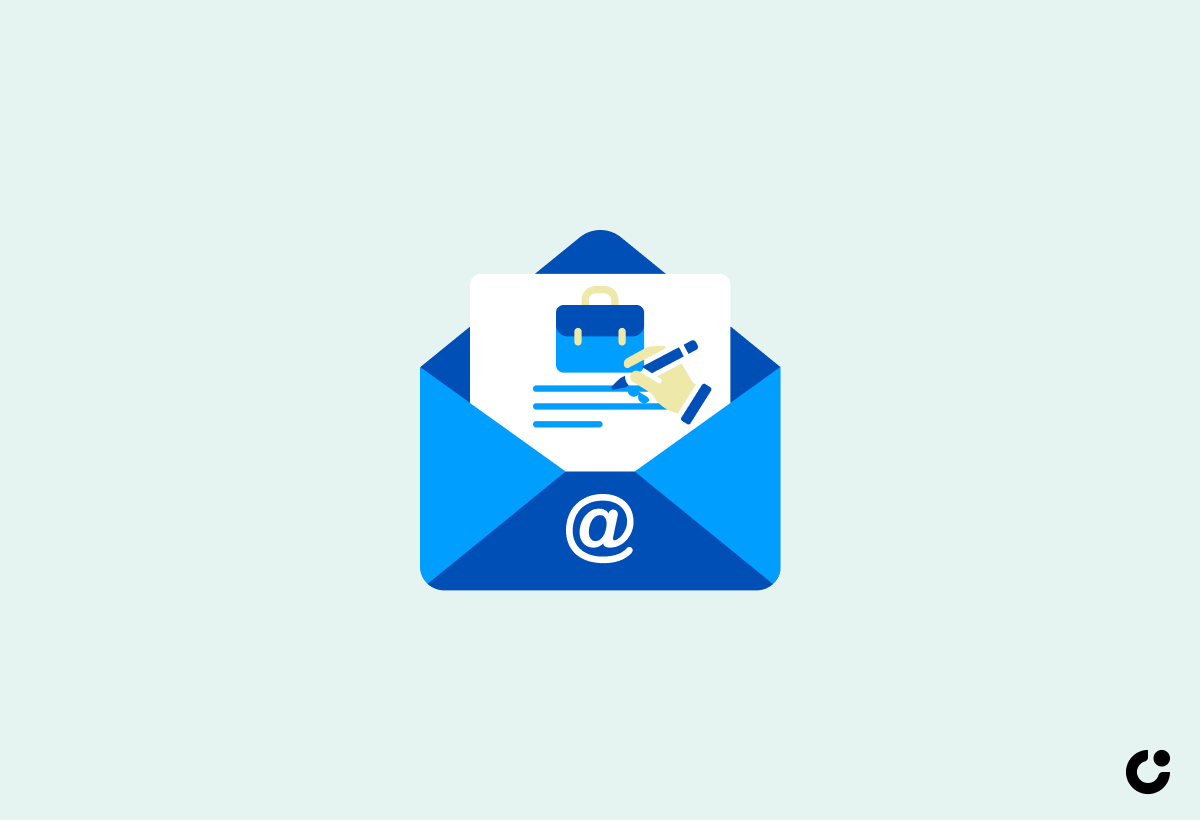
Crafting a professional email requires attention to detail, clarity in communication, and adherence to established email communication standards, reflecting the professionalism expected in the business world.
When structuring your professional email, it's crucial to start with a clear and concise subject line that summarizes the purpose of your message. This helps the recipient understand the email's content at a glance. The introduction should be polite and concise, followed by a well-organized body that addresses the main points logically. Use proper grammar and punctuation to convey your message effectively.
In terms of content clarity, be direct and specific in your requests or information. Avoid jargon and industry-specific terms that the recipient might not understand. Remember that professionalism in tone is key; maintain a neutral and respectful language throughout the email. Before hitting send, review and proofread your email to ensure accuracy and professionalism.
Components of an Email
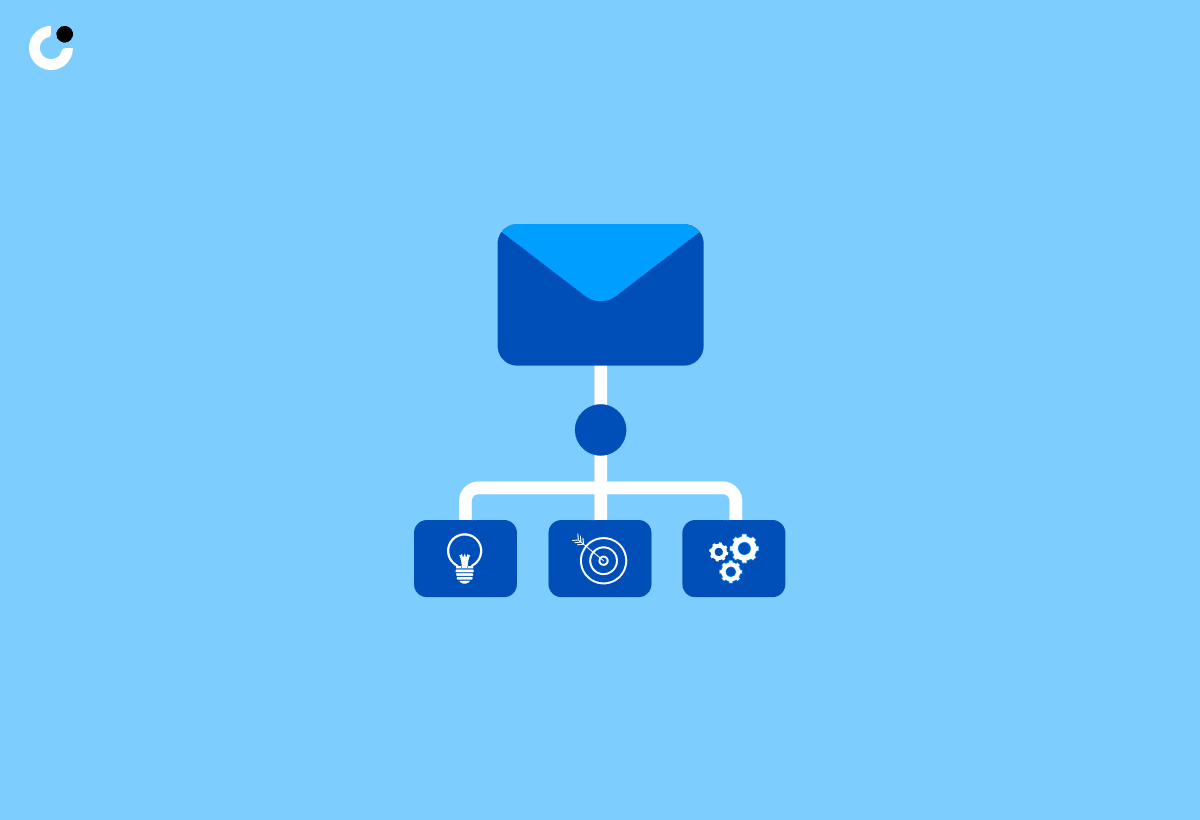
An email comprises various components, including the email body, attachments, Bcc recipients, Reply All functionality, and mailing list subscriptions, each serving distinct purposes in online communication.
The email body forms the core content, conveying the message clearly and concisely. Effective writing skills are crucial, ensuring clarity and professionalism. Attachments like documents or images provide additional information or context to the recipient.
When using the Bcc field, it is essential for maintain confidentiality by hiding recipient emails from others. Utilizing the Reply All feature judiciously prevents unnecessary email clutter and ensures relevant parties stay informed. Managing mailing lists efficiently helps organize contacts for targeted communications and prevents errors in distribution.
Email Tone
The tone of an email sets the foundation for effective online communication, impacting how the message is perceived and the overall success of the communication routine.
Email Body
The email body serves as the core of email correspondence, allowing individuals to convey information, requests, or responses effectively to colleagues, clients, or other respondents in the business world.
Email Attachments
Attachments play a vital role in email communication, allowing users to share files, documents, or multimedia that complement the message content and enhance the communication experience in professional settings.
Subject Line Best Practices
Crafting an effective subject line is crucial in email communication as it conveys the message's essence, grabs the recipient's attention, and aids in organizing and prioritizing emails in the fast-paced professional life.
Business Email Etiquette
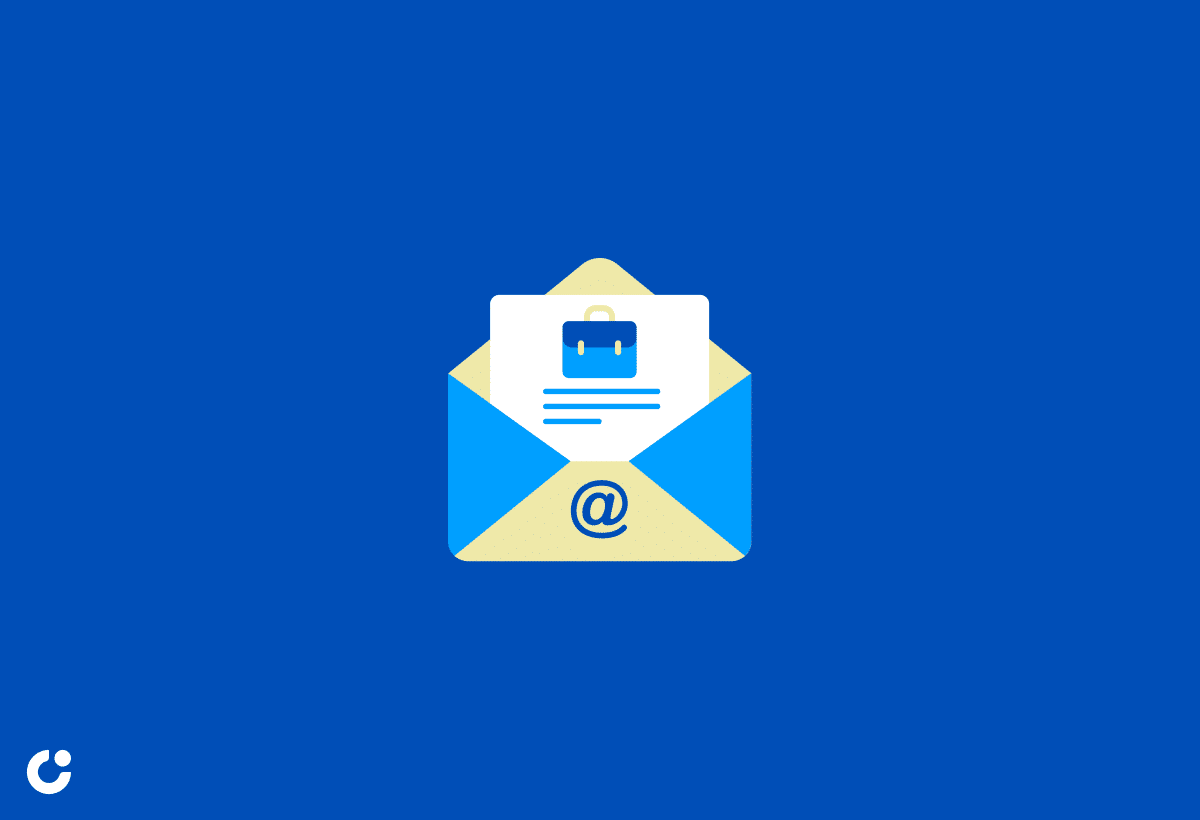
Mastering business email etiquette is essential for fostering professional relationships, ensuring effective communication, and upholding a high standard of professionalism in the business world.
Effective communication through emails contributes significantly to the success and growth of an organization. By following best practices in email writing, individuals can convey their messages clearly, respectfully, and professionally. Tone, clarity, and brevity are key factors to consider while drafting business emails.
It's imperative to address recipients appropriately, use proper grammar and punctuation, and avoid jargon or informal language. Business email etiquette also plays a crucial role in conflict resolution and fostering collaboration among colleagues, leading to a more harmonious work environment.
Mastering Email Etiquette in the Workplace
Mastering email etiquette in the workplace involves understanding the nuances of professional communication, respecting colleagues' time, and fostering a positive email culture that aligns with established etiquette rules and email netiquette.
Improving Email Etiquette
Enhancing email etiquette requires continuous improvement, feedback incorporation, and a proactive approach to refining communication practices in alignment with evolving email etiquette rules and professional standards.
Guide to Effective Email Writing
A comprehensive guide to effective email writing equips individuals with the necessary tools, techniques, and insights to craft impactful, clear, and professional emails that resonate with recipients in various business communication contexts.
Importance of Email Etiquette in Business
Recognizing the importance of email etiquette in business is essential for maintaining a positive professional image, fostering collaboration, and streamlining communication processes in the dynamic and fast-paced business environment.
Email Etiquette for Students

For students, understanding and practicing email etiquette rules are crucial in fostering effective communication with teachers, peers, and academic staff, ensuring professionalism and clarity in their email interactions.
Proper email etiquette is not just a formality, but an essential skill that can significantly impact a student's academic journey. When students adhere to email etiquette guidelines, they demonstrate respect for their educators, create a positive impression, and pave the way for meaningful academic relationships.
When crafting emails to teachers, students should keep their messages concise and to the point, addressing the recipient appropriately and using a professional tone. It is essential to proofread emails for errors before hitting send, as typos and grammatical mistakes can detract from the message's clarity.
Students should always use a clear subject line that reflects the email's content and respond promptly to any communication from their teachers. By following these email etiquette tips, students can enhance their academic communication skills and make a positive impact on their overall learning experience.
Writing Emails to Teachers: General Rules
When writing emails to teachers, students should adhere to general rules of email etiquette, including using appropriate salutations, clear language, and concise formatting to facilitate effective communication and maintain a professional tone.
Structure of a Formal Email
A formal email structure for student communication with teachers should include elements such as a clear subject line, a respectful greeting, a concise message body, and a professional sign-off to ensure effective and organized email exchanges.
Ultimate Email Checklist
An ultimate email checklist for students can serve as a comprehensive resource for verifying email content, structure, and etiquette adherence before sending messages to teachers, ensuring clarity, professionalism, and effective communication.
Examples of Bad and Better Email Etiquette
Analyzing examples of bad and improved email etiquette can offer valuable insights for students, highlighting common pitfalls, best practices, and effective strategies for enhancing the quality of their email communications with teachers.
References

The references section provides valuable sources, guides, and insights to further explore email etiquette, communication strategies, and effective online communication practices in the dynamic business world and blog environments.
These resources offer a comprehensive understanding of the dos and don'ts of professional email writing, helping individuals navigate the complexities of virtual communication with finesse. From mastering the art of crafting persuasive subject lines to understanding the nuances of tone and formality in emails, these references serve as a reservoir of knowledge for anyone looking to elevate their email communication skills. By referring to a diverse array of articles, blog posts, and research papers, readers can gain a multifaceted perspective on the evolving landscape of email etiquette and develop practical strategies for engaging in effective digital interactions.
Frequently Asked Questions
What is the importance of understanding email etiquette?
Understanding email etiquette is crucial in today's digital age where email correspondence is a common form of communication. It helps you convey your message clearly and professionally, avoid misunderstandings, and maintain a good reputation in the digital world.
How can email etiquette impact my professional image?
Email etiquette reflects your professionalism and can leave a lasting impression on the recipient. Proper email etiquette can enhance your credibility, while poor email etiquette can damage your reputation and even affect your career opportunities.
What are some key elements of email etiquette?
Some key elements of email etiquette include using a clear and concise subject line, addressing the recipient properly, using proper grammar and spelling, and avoiding the use of all caps and emoticons. It is also important to use a professional email signature and to be mindful of the tone and content of your email.
Is it necessary to respond to every email I receive?
Not all emails require a response, but it is polite and professional to acknowledge receipt of an email, even if you do not have a response at the moment. If the email is important, be sure to respond in a timely manner to avoid any delays or misunderstandings.
What are some common mistakes to avoid in email correspondence?
Some common mistakes to avoid in email correspondence include using a vague subject line, sending emails with typos or grammatical errors, using slang or inappropriate language, and hitting "reply all" when it is not necessary. It is also important to avoid using email as a means for confrontation or sensitive discussions.
How can I improve my email etiquette?
To improve your email etiquette, you can start by proofreading your emails before sending, using a professional email address, and familiarizing yourself with the basic rules of email etiquette. You can also observe how others communicate through email and take note of any tips or techniques they use.

